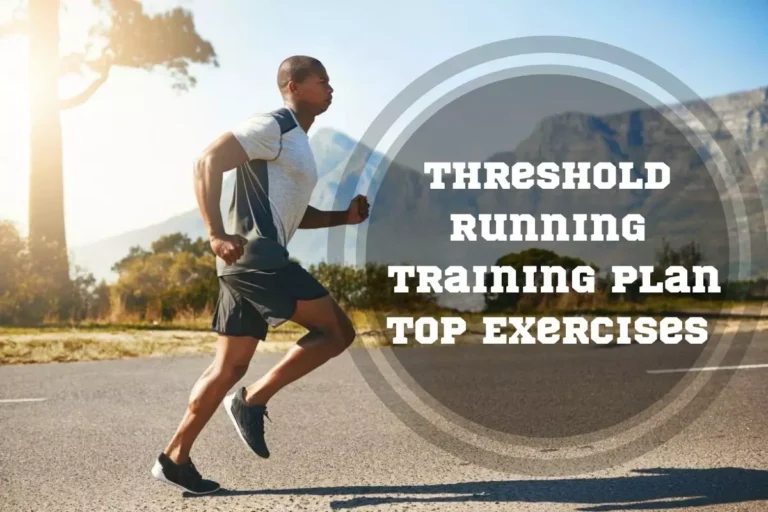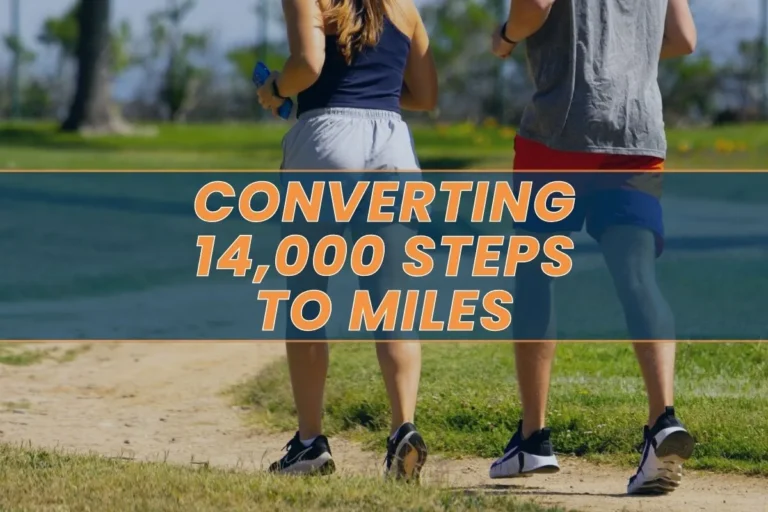How to Prevent Cramps while Running: 8 Simple Tips
Are you having troubles with muscle aches during running? Do you want to learn how to prevent cramps while running? Whether you are an athlete or a regular runner, no doubt this must be posing a huge problem for you.
Did you know that muscle cramps occur due to lack of stretching, inadequate hydration, and electrolyte imbalances during your run? So, how to avoid side cramps when running?
In this post we are going to discuss 8 simple tips on how to prevent cramping in runners. Read on if you want to explore these solutions for smoother runs ahead!
How to Stop Side Cramps during Running?
How to prevent cramps while running? Stretching before and after running can help reduce tension in abdominal muscles that are prone to cramping. Hydrate properly before and during running and add electrolytes to prevent dehydration-induced side cramping while running.
What Is a Muscle Cramp?
The runner’s body is made of several complex systems and structures that affect each other in order to help the athlete perform optimally. One area of particular focus is certain anatomical features within the musculoskeletal system, namely muscles, tendons, ligaments, and joints.
Abdomen muscles are most commonly affected by muscle fatigue or overuse while running. This can cause muscular contractions which lead to what is known as runner’s cramp – a type of low-intensity abdominal pain that sometimes radiates out into areas above or below the navel.

Upper Left Abdomen Pain during Running
Upper left abdomen pain after running, also referred to as a side stitch, is often the result of muscle cramps which occur in the abdomen due to overuse or fatigue. The abdominal muscles play a significant role during exercise and are exposed to greater strain when participating in activities such as running.
Over-exertion of these muscles can cause them to become tight and inflamed, resulting in an acute episode of upper left abdominal pain while running.
Is the Side Stitch Bad?
While it may feel uncomfortable and even painful during exercise, pain in side when running is typically not harmful if managed properly. In terms of prevention, core-strengthening exercises can increase strength in abdominal muscles and reduce fatigue on the diaphragm. Besides, proper warm-up before running increases flexibility, thus reducing risk for developing pain.
Right Side Pain during Running
The right side pain experienced during running may be caused by several factors. In some cases, it occurs due to muscle overuse or prolonged tension on a particular muscle group, which can lead to cramps and pains when running.
On the other hand, it could simply result from lack of strength in the abdominals. If they are not strong enough, there will be an uneven distribution of weight, which can cause pull at the sides while running.
Lower Abdominal Pain while Running
Lower abdominal pain while running can be caused by many factors, such as the overuse of muscles, electrolyte imbalances, dehydration, or friction on the lining of your intestine. Muscle cramps cause sudden and sharp pains in the lower abdomen due to a weakened muscle that has been pushed beyond its limits.
4 Causes of Cramps in Runners
Why does my side hurt when I run? Here are the 4 common causes of cramps in runners:
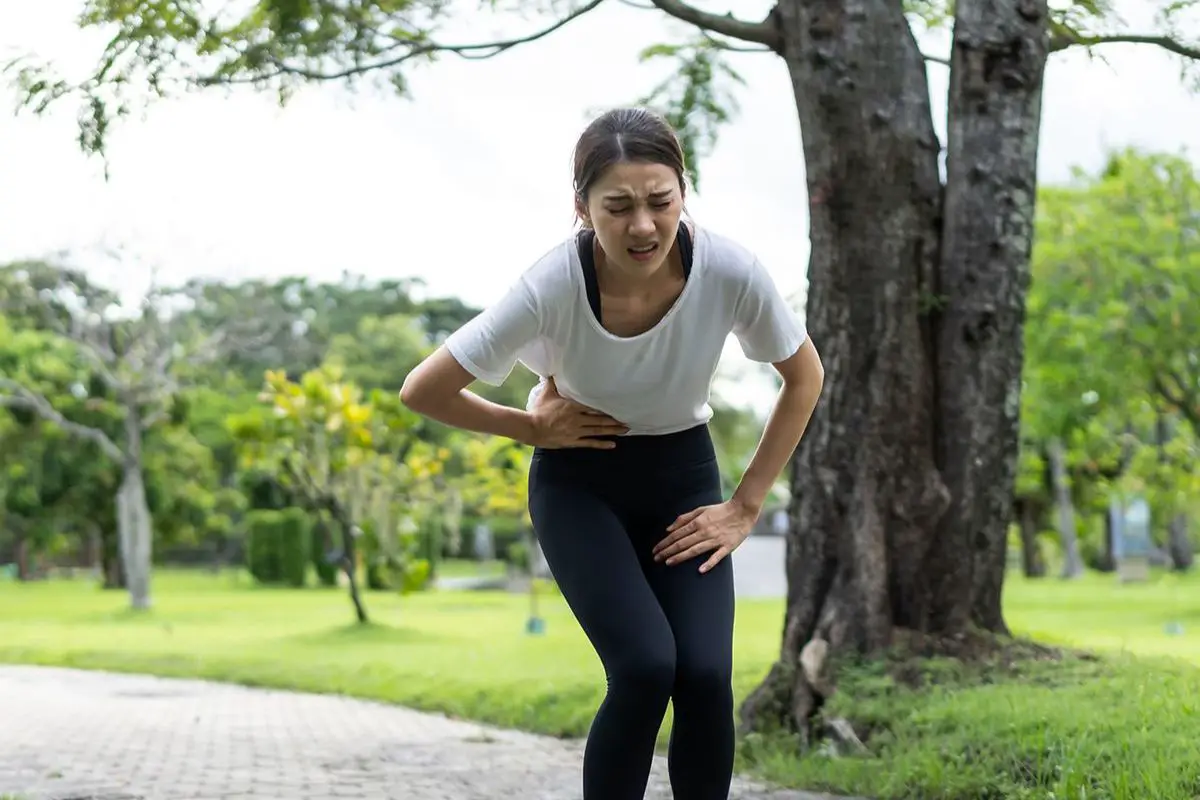
1. Overuse of Muscles
Muscle cramps are commonly associated with running and caused by the overuse of muscles. Over-contraction or overuse of muscles can lead to muscle fatigue, soreness, strain, exertion, stiffness, and, in extreme cases, muscle cramps due to overexertion or overtraining.
Running farther than your body can handle is a primary cause of leg and abs muscle cramps, since it tends to put more strain on limbs which may not have developed enough strength yet. Additionally, muscle injuries such as torn ligaments or tendons from excessive pressure can trigger muscle cramps during prolonged exercise sessions.
2. Lack of Muscle Strength
Muscle fatigue as a result of overuse or overload can cause both minor and major musculoskeletal issues for the runner. This occurs when muscles are unable to adequately support the body’s loads, resulting in acute pain and spasms from strained muscles, such as abdominal area pain after running.
In extreme conditions, you may also experience right side pain during running due to excessive strain on the hip flexor muscles.
3. Imbalance of Electrolytes
Muscle cramping during running is often caused by an imbalance of electrolytes, such as sodium and potassium, in the body. During intense exercise, dehydration and sweat loss can lead to lowered levels of these important minerals in the body.
When mineral concentrations are too low or imbalanced, muscles don’t function properly, leading to painful cramping.
4. Friction on the Lining of the Intestine
Friction on the lining of the intestine is associated with various causes of cramps in runners. It occurs when the digestive system becomes irritated, leading to inflammation of its lining.
As a result, this friction can cause intense and painful muscle cramps that can occur along with upper left side abdominal pain, lower abdominal pain, or possibly even right side pain while running.
How to Get Rid of a Side Cramp while Running?
Now, when you know what causes side cramps when running, let’s discuss the 3 simple tips that can help you get rid of runner’s cramps:
1. Slow Down or Take a Break
When the body is pushed too hard, it can begin to tire out and overuse muscles, leading to fatigue and increasing the likelihood of developing cramps.

Pro Tip:
Slowing down or taking a break for at least a minute will allow the muscles time to relax and recover — helping to avoid those uncomfortable side stitches.
It also helps runners listen to their own bodies so they understand when they need rest and when they feel capable of continuing on with their run.
2. Focus on Breathing Techniques
By deeply inhaling and exhaling through the diaphragm, runners can better relax the entire nervous system, allowing them to prevent muscle cramping during exercise.
Taking full breaths from the diaphragm helps runners focus on their breath instead of focusing on pain associated with overuse or fatigue in muscles.
Subscribe to Our Running Newsletter!
Get free running tips from renowned professional athletes and discounts from top-notch brands.
3. Stretch Abdominal Muscles
Stretching the abdominal muscles is an effective way to prevent cramps for runners. These muscles play a vital role in stabilizing the core and affecting posture while running, so activating them with stretching exercises can reduce the risk of experiencing painful side stitches.
A good stretch before, during, and after running should target all major muscle groups, including the abdominals – particularly if you are looking to alleviate pain related to your run.

Pro Tip:
Basic stretches, such as hip circles and standing torso twists, are always great options that can be done anywhere at any time with minimal effort. For an even more comprehensive pre-run routine add leg swings, reverse plank positions, glute bridges, and planks.
How Long Does a Side Stitch Last
Side stitches are a common injury among runners, with pain usually felt in the left side of the abdomen near ribs. Though they might stop quickly once you stop running and rest for a few minutes, sometimes they can last longer.
The duration tends to vary and depend on factors like hydration levels and exercise intensity. Commonly, the stitch will go away after just a couple minutes or when you take a short break.
When Should I See a Doctor for Cramps while Running?
Though most muscle cramps can be relieved with simple stretching and breathing exercises, any severe, persistent, or other concerning symptoms require medical attention. It is recommended to see a doctor if the cramping causes pain that does not go away after stretching.
In addition, visit a doctor if there are repeated bouts of cramping even after warming up and slowing down during exercise or when there is an accompanying chest tightness, dizziness, or difficulty breathing.
How to Prevent Side Cramps When Running or a Stitch in the Side
These 5 tips can help prevent potential cramps while running:
1. Stay Hydrated
Drinking enough water is essential for runners to prevent cramps while running. Dehydration leads to an electrolyte imbalance, which can cause muscle spasms. Staying hydrated involves drinking plenty of fluids before, during, and after the run.

Pro Tip:
Runners should drink at least 8 ounces of water a few hours before their run and 16-24 ounces shortly before they start running.
Additionally, it’s important for runners to bring a bottle on longer runs so as not to get trapped in dehydration during the run itself. Typically it is around 6-12 ounces every half hour or more frequently if it’s hot outside.
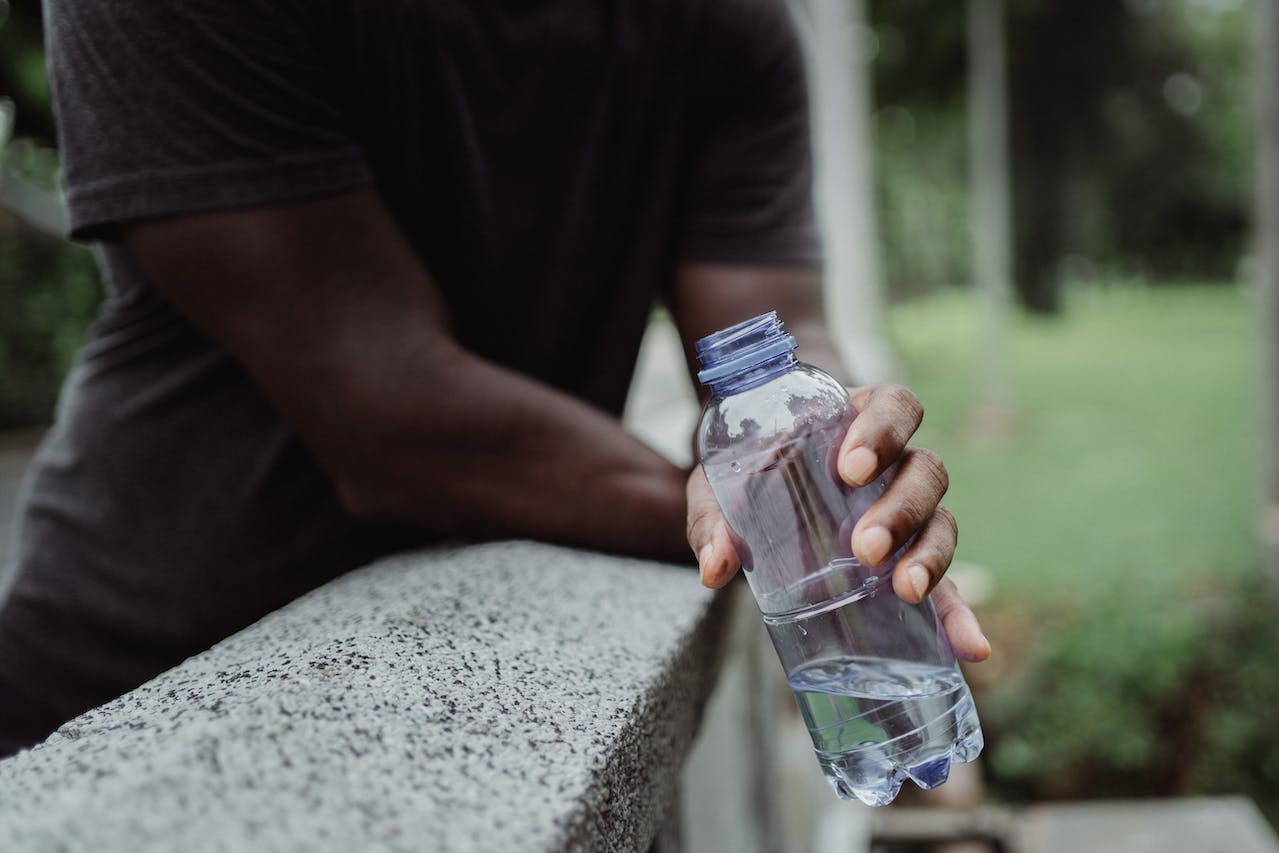
2. Warm up Properly Before Running
A warm-up routine that includes dynamic movements and stretches can help prevent cramps while running. Such activities help to enhance muscle flexibility, range of movement, and coordination as well as activate contraction of muscles for better posture.
Specifically, dynamic stretching helps prepare the joints by taking them through a full range of motion. This increases blood flow to muscles, which helps reduce fatigue during exercise.
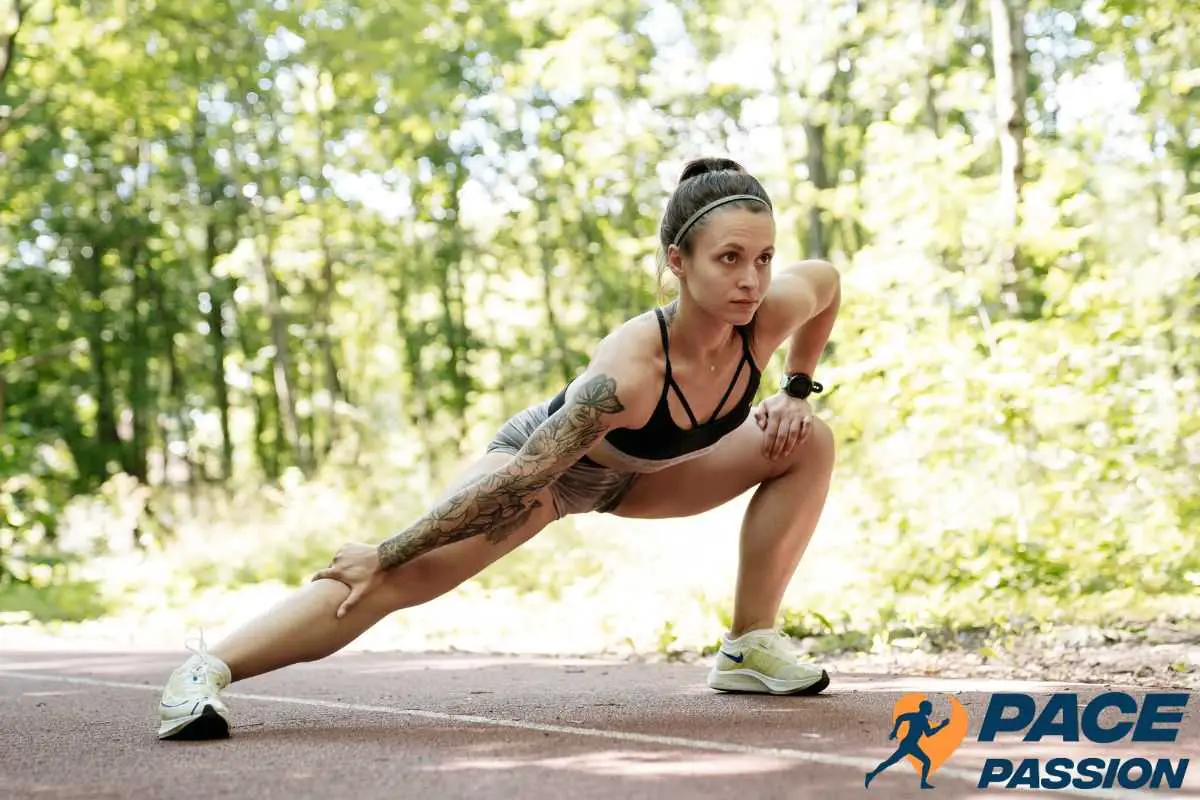
3. Wear the Right Shoes
It is essential for every runner to have a proper pair of running shoes with adequate support. Wearing supportive footwear can give extra protection against any potential injuries that may occur and aid in avoiding muscle cramps.
Choosing the ideal pair of shoes designed specifically for running, provide support to the feet and can potentially prevent cramping while running. Appropriate footwear gives comfort and prevents strain on muscles which can reduce the risk of developing cramps during long runs or fast-paced jogging.
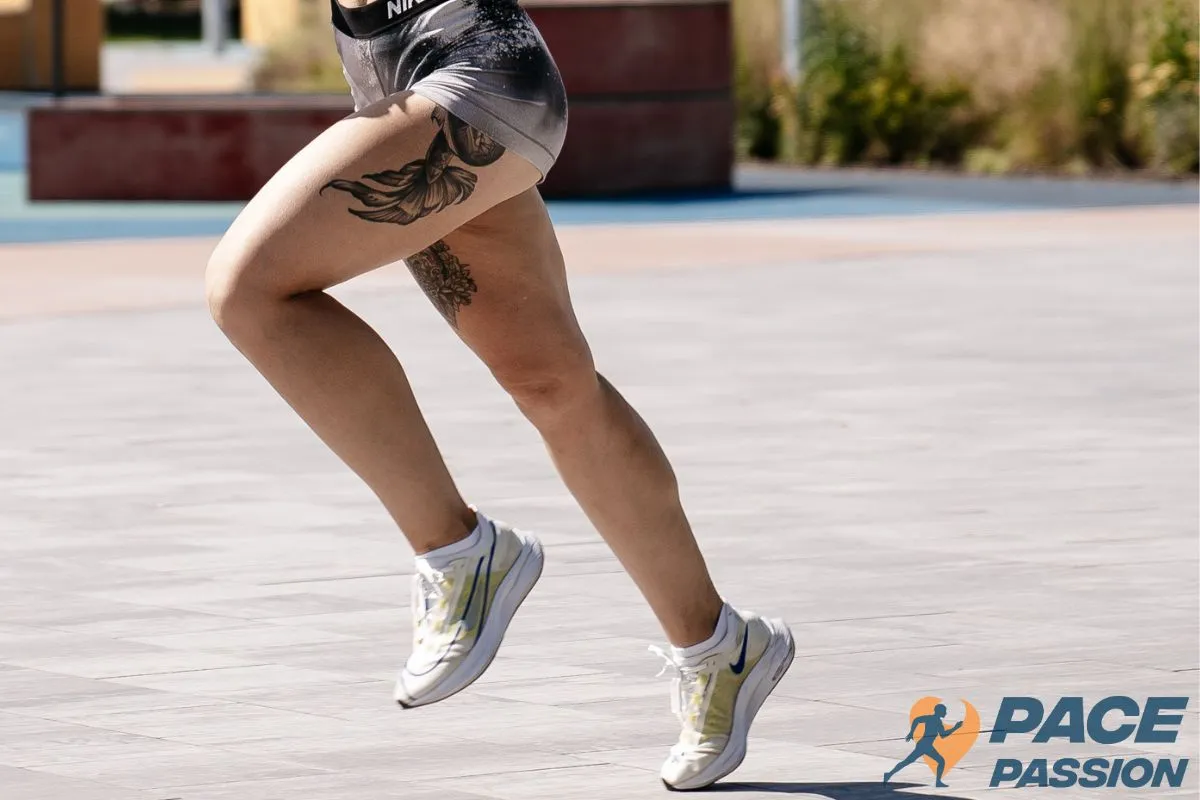
4. Adjust Running Pace
Running all out or starting too quickly can lead to the overuse of muscles, which can result in painful cramping during a run. It is important for runners to develop a consistent and comfortable rhythm in order to motivate themselves and sustain effort as they go along their route. That way, the body adjusts naturally to the workload without suffering from muscle fatigue or exhaustion that could cause painful “stitches” in the side or abdomen.

5. Listen to Your Body
When you pay attention to the signals your body sends out, you can diagnose fatigue or strain before it turns into muscle cramping or other related injuries.
Common signs of overuse include pain in the upper left abdomen after running, lower abdominal pain during a run, right side pain during a run or stitches which are very common when doing physical activity like running. If you notice any discomfort or signs that indicate fatigue, be sure to slow down and take some rest.
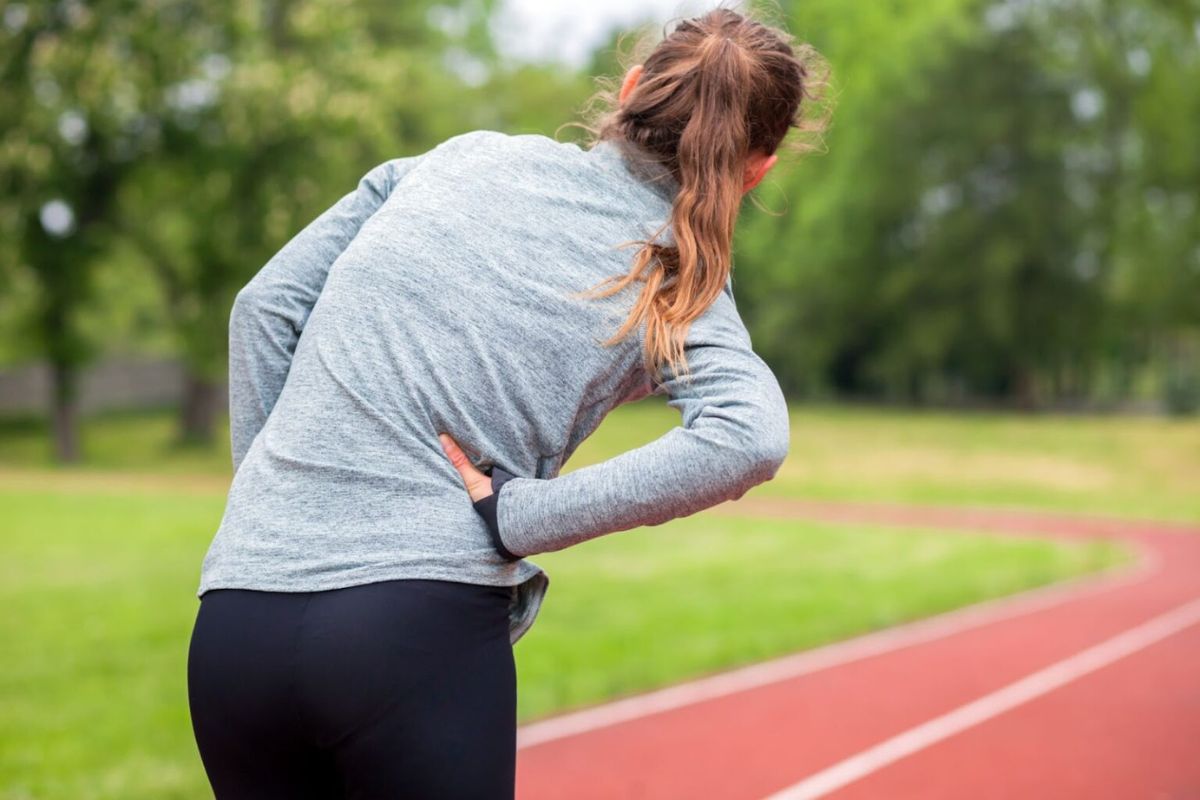
Frequently Asked Questions about Side Cramping while Running
How to Prevent Stomach Cramps while Running?
Proper hydration is key for optimal performance. It’s advised that runners drink small amounts of fluids every 30 minutes or so while running. In addition, take breaks to relax your muscles and adjust your pace to avoid muscle overuse.
How Do I Prevent Abdominal Cramps when Running?
There are several ways to prevent abdominal cramps while running, such as focusing on breathing techniques, staying hydrated, and making sure to warm up thoroughly before beginning a run.
How Do I Prevent Leg Cramps before Running?
Regular stretching of the calves, hamstrings, and quadriceps muscles can greatly reduce the chances of getting a muscle cramp while running. Spending at least 10 minutes on dynamic stretches like calf lifts, hamstring curls, or lunges will help keep your legs from fatiguing prematurely during runs.
Final Thought on How to Prevent Cramps while Running
Taking preventative measures to avoid cramps while running is important. Staying hydrated, replenishing electrolytes, stretching regularly, and monitoring exercise intensity are simple tips for effective prevention.
Ensuring there is sufficient fluid intake and maintaining an adequate amount of sodium in the body can help reduce dehydration, which can otherwise result in muscle cramping during running.
Do not forget to warm up before a run with appropriate static stretches of targeted muscles that will be used for the activity. It helps reduce potential injury and minimizes risk of developing cramp in those areas.
Have you ever experienced side cramping while running? Please, share your experience in the comments below.
Also Read:
- Is Walking 6 Miles a Day Good
- How To Prevent Cramps While Running
- Why Do My Ankles Hurt When I Run
- Why Do My Lungs Burning After Running
- Runners Toenails Falling Off
- What is Average Time to Run 7 Miles
- Is Running Safe After a Knee Replacement
- Best Running Shoes For Plus-Size Women
- How Many Steps in 3 Miles
References:
- Bruno Bordoni, Kavin Sugumar, Matthew Varacallo, “Muscle Cramps,” National Library of Medicine, https://www.ncbi.nlm.nih.gov/books/NBK499895/ (accessed 26 October, 2023).
- “Exercise-Associated Muscle Cramps,” Physiopedia, https://www.physio-pedia.com/Exercise-Associated_Muscle_Cramps (accessed 26 October, 2023).
- “Muscle Cramp,” Better Health Channel, https://www.betterhealth.vic.gov.au/health/conditionsandtreatments/muscle-cramp (accessed 26 October, 2023).
- Ronald J. Maughan, Susan M. Shirreffs, “Muscle Cramping During Exercise: Causes, Solutions, and Questions Remaining,” Sports Med 49 (2019): 115-124 https://link.springer.com/article/10.1007/s40279-019-01162-1
- Victoria Hamilton, “What to Know about a Side Stitch,” WebMD, https://www.webmd.com/fitness-exercise/what-to-know-about-a-side-stitch (accessed 26 October, 2023).
If you have any questions or suggestions, you can contact us via email – [email protected]





